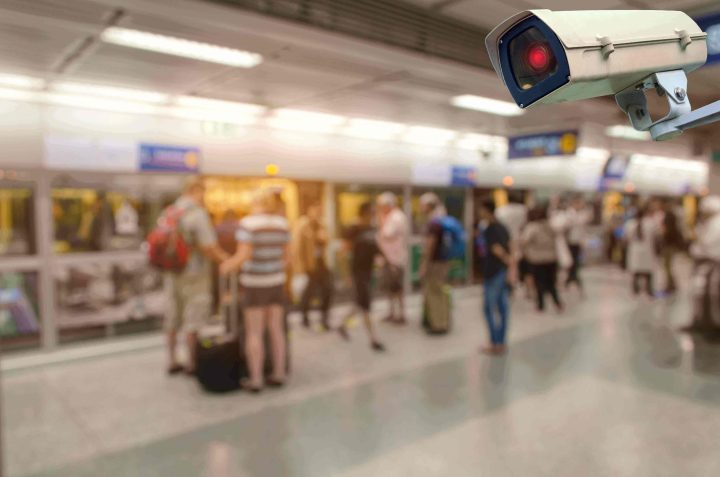In the field of railway transportation, the integration of artificial intelligence (AI) paves the way for more efficient, safer, and smoother flow management. With its advanced analytical capabilities and real-time decision-making, AI fundamentally transforms the way railway transportation systems are managed, providing an enhanced experience for passengers and optimizing operations for railway companies.
AI, a revolution for flow management in rail transport
Passenger data analysis
AI can be used to analyze passenger data, such as travel habits, ticket purchasing preferences, and feedback, to optimize the services offered. This may include personalized travel offerings, fare optimization, and passenger flow management in stations and aboard trains.
Route optimization
One of the most promising applications of AI in railway transportation is route optimization. By analyzing vast amounts of historical and real-time data, AI can accurately predict transportation demand and adjust routes and schedules accordingly. This dynamic approach maximizes resource utilization while reducing waiting times for passengers.

Development of intelligent mobility solutions
By integrating AI with other emerging technologies such as the Internet of Things (IoT) and 5G, railway companies can develop intelligent mobility solutions that transform the passenger and operator experience. This may include contactless ticketing systems, real-time tracking applications, and intuitive user interfaces.
Maintenance management
By analyzing data from onboard sensors and monitoring systems, algorithms can detect early signs of equipment failure and proactively plan maintenance interventions. This reduces train downtime, improves service reliability, and enhances passenger safety.
Real-time traffic management
Efficient real-time railway traffic management is another area where AI can make a significant contribution. By using advanced algorithms to analyze traffic flows and detect anomalies, AI can help make rapid decisions to avoid delays and optimize traffic. This includes lane reassignment and schedule adjustments based on changing conditions.

Demand prediction and resource allocation
Through predictive analysis, AI systems can anticipate passenger demand on different lines and at different times of the day. This ability allows railway operators to better allocate resources by adjusting the number of trains in service and optimizing staff deployment. As a result, passengers benefit from more reliable services and reduced waiting times, while operators can maximize asset utilization.
Optimized safety
Using computer vision and machine learning, AI can enhance safety in railway transportation. Video surveillance systems can automatically detect hazardous behaviors on tracks, such as intrusions or obstacles, and trigger alerts to prevent accidents. Additionally, analyzing train and infrastructure data can help identify high-risk areas and implement preventive measures.
Personalization of passenger experience
Finally, AI can transform the passenger experience by offering more personalized services. By analyzing user preferences and behaviors, AI systems can provide tailor-made routes, travel recommendations, and even personalized offers, thereby improving passenger satisfaction.
For more information, click here
